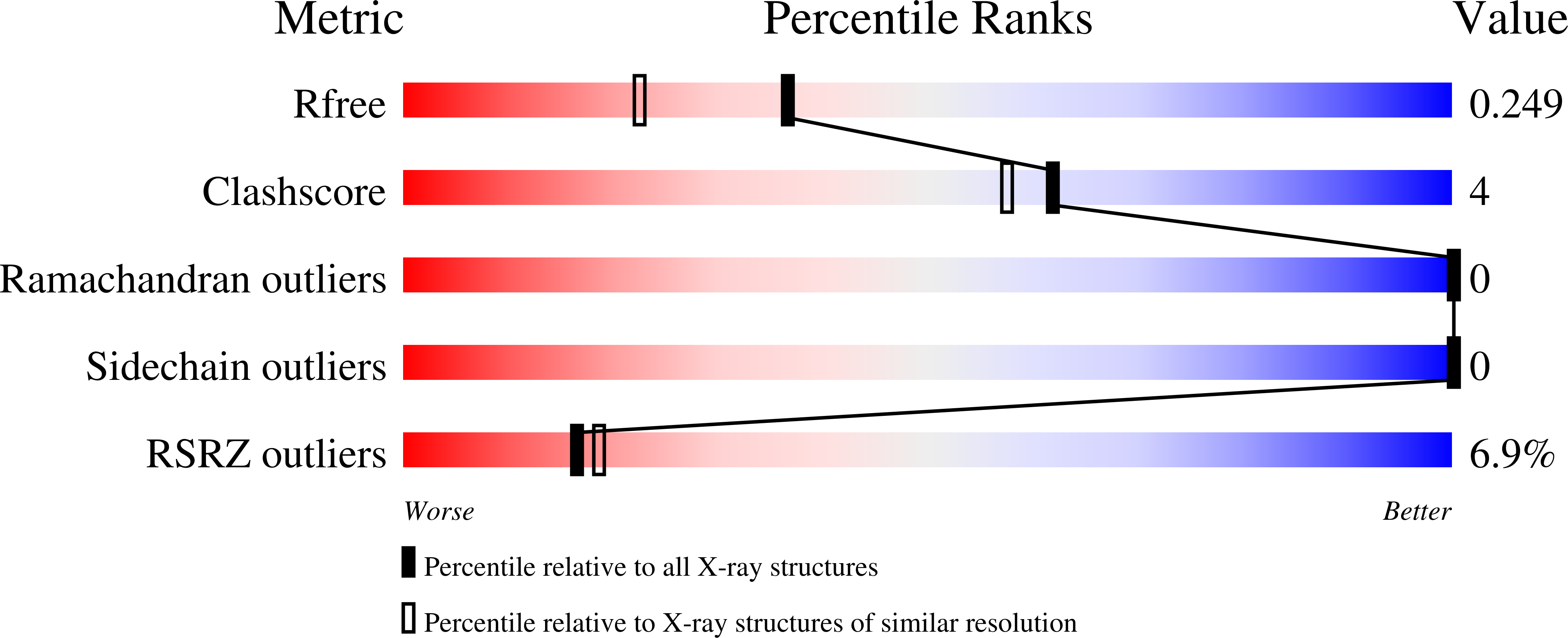
Deposition Date
2022-08-17
Release Date
2023-04-12
Last Version Date
2024-05-01
Entry Detail
PDB ID:
8ARV
Keywords:
Title:
Structure of the EAL domain of BifA from Pseudomonas aeruginosa
Biological Source:
Source Organism:
Pseudomonas aeruginosa PAO1 (Taxon ID: 208964)
Host Organism:
Method Details:
Experimental Method:
Resolution:
1.90 Å
R-Value Free:
0.24
R-Value Work:
0.20
R-Value Observed:
0.21
Space Group:
P 2 21 21


